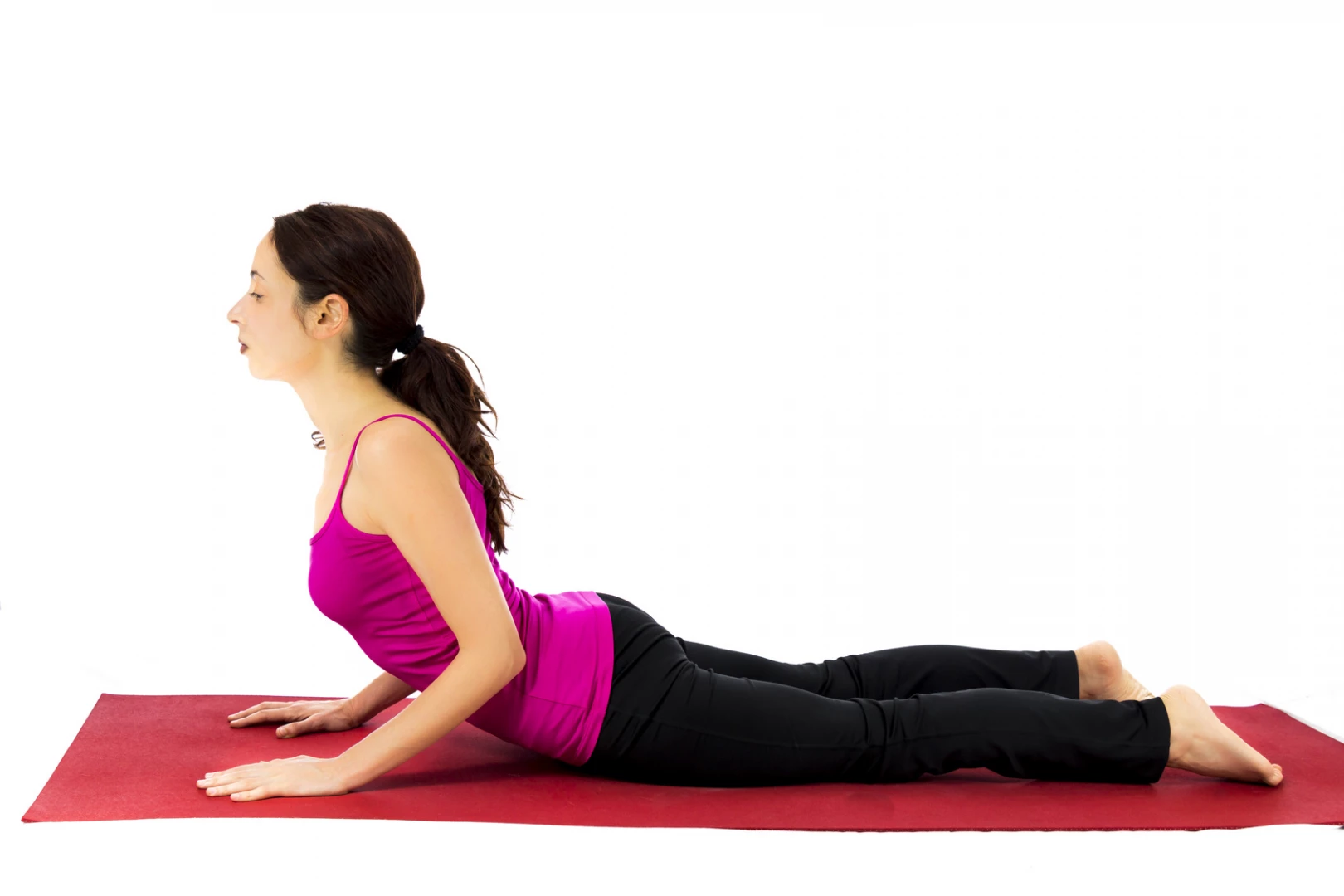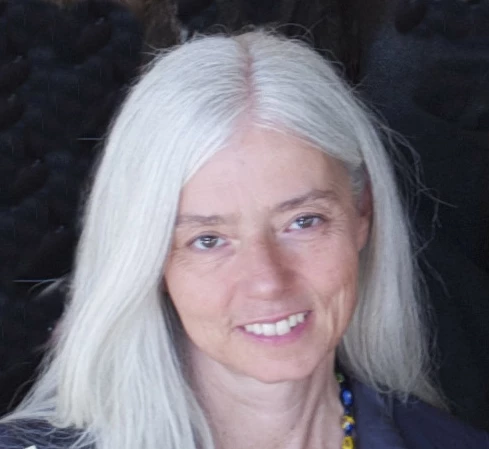Refining Cobra Pose (Bhujangasana): New Alignment Tips for an Old Standby

Few members of the animal kingdom elicit more passionate reactions than snakes. Mostly known for their stealthy, slithery sinews and the venomous bites of some species, snakes have largely gotten a bad rap over the centuries.
The truth is that most snakes are harmless. Snakes are stealthy and swift, despite their lack of limbs. And they can dance with uncanny grace, although because snakes don’t have external ears, they can’t hear the music of the snake charmer. Instead, they follow their movements.
While Christianity cites the serpent as the source of all our earthly troubles, snakes enjoy revered status in Indian mythology. Each year in July and August, Indians celebrate snakes at a festival called Nag Panchami, where according to Zo Newell’s book Downward Dogs and Warriors, thousands of cobras are gathered and brought to the temple of Shiva to be fed milk and regaled with flowers.
Humans spend a day snake dancing in the streets that are lined with snake charmers. When the festivities end the cobras are released unharmed back into their habitat.
Cobra Pose Benefits
Bhujangasana (Cobra Pose) is yoga’s ode to the sacred snake. The pose looks like a cobra raised to strike—or to dance. When cobras dance, they raise one third of their body length, while the other two thirds stay grounded. It’s that grounding of the majority of the lower body that allows the upper body to rise toward the sky.
The same is true for humans practicing Cobra Pose. It is the grounding of the lower body that creates the lightness in the upper body.
Practiced with care, Bhujangasana can strengthen the tissues around the spine, stabilize the sacroiliac joint, stimulate the vital organs, and simultaneously energize and calm the nervous system. Practiced with aggression, it can also bite, contributing to back strain and wear and tear in the hip joints.
How to Practice Cobra Pose
- Start by lying prone on a nonskid mat. I like to place a folded blanket under my hipbones. Place your palms flat on the floor with your fingertips pointing forward and aligned with the tops of your shoulders.
- Lengthen your legs back and press your knees and feet into the ground. Draw the heads of your thighbones back into their sockets. As your upper body lifts, resist the temptation to push higher with your hands—remember that snakes don’t have hands.
- Lengthen the back of your neck, allowing your head and neck to follow the natural trajectory of the rest of your spine. It’s important not to throw your head back. Throwing your head back causes neck strain and causes your vital organs to collapse forward into your front body, which can strain your spinal muscles. Picture a dancing cobra and think of the wide hood that encases its head. Spread the back of your skull and neck like a cobra hood.
- If you know where your hyoid bone is—at the base of your throat, above the thyroid cartilage—draw your hyoid back into your throat. This will draw your internal organs back toward your spine, giving it frontal support.
- Try lifting your hands off the ground. Inhale deeply into your belly and back and exhale completely. Feel how your breath moves your body, kind of like a snake dance.
- Stay in the process of breathing—the buoyancy of each inhalation and the grounding of each exhalation. Take 5 to 10 deep breaths, relaxing your torso more deeply with each breath, so that it dances harmoniously with the natural oscillations of your breath movement.
- On an exhalation let your body come to rest on the floor. You can fold your arms over head if you like and rest your forehead in your hands. Continue to breathe deeply into the abdomen and low back as you rest.
Cobra Pose Variations
There are versions of Bhujangasana where you can use your hands to lift a bit higher. If you choose to explore these variations, remember to ground your lower legs and feet and draw the upper thighbones into the backs of your legs. Maintain your cobra hood. Even if you’re using your hands, the impetus for lifting your torso should derive mostly from the grounding of your legs.
Bhujangasana is a yoga pose we humans become familiar with very early in life, even before we begin to crawl. When we first roll over onto our bellies and begin lifting our heads and then our upper bodies off the ground, we develop the two concave curves of our spine and open ourselves to the outer world. That world—like the serpent—is filled with beauty, wonder and the occasional bite.
In yoga, the snake symbolizes our kundalini, the life force that ascends our spines. Bhujangasana, practiced with breath awareness, can connect us with the intrinsic vitality and calm that can help us meet the world with sinewy grace.
Another great Yoga Pose Primer from YogaUOnline and special contributor, Charlotte Bell- Chaturanga Dandasana: Help From Your Hyoid.
Study with YogaUOnline and master teacher, Julie Gudmestad: Freeing the Breath – Keys to Releasing and Retraining the Abdominals.
 Charlotte Bell began practicing yoga in 1982 and began teaching in 1986. She was certified by B.K.S. Iyengar in 1989 following a trip to Pune. In 1986, she began practicing Insight Meditation with her mentors Pujari and Abhilasha Keays. Her asana classes blend mindfulness with physical movement. Charlotte writes a column for Catalyst Magazine and serves as editor for Yoga U Online. She is the author of two books: Mindful Yoga, Mindful Life and Yoga for Meditators, both published by Rodmell Press. She also edits Hugger Mugger Yoga Products¹ blog and is a founding board member for GreenTREE Yoga, a non-profit that brings yoga to underserved populations. A lifelong musician, she plays oboe and English horn in the Salt Lake Symphony and the folk sextet Red Rock Rondo whose 2010 PBS music special won two Emmys.
Charlotte Bell began practicing yoga in 1982 and began teaching in 1986. She was certified by B.K.S. Iyengar in 1989 following a trip to Pune. In 1986, she began practicing Insight Meditation with her mentors Pujari and Abhilasha Keays. Her asana classes blend mindfulness with physical movement. Charlotte writes a column for Catalyst Magazine and serves as editor for Yoga U Online. She is the author of two books: Mindful Yoga, Mindful Life and Yoga for Meditators, both published by Rodmell Press. She also edits Hugger Mugger Yoga Products¹ blog and is a founding board member for GreenTREE Yoga, a non-profit that brings yoga to underserved populations. A lifelong musician, she plays oboe and English horn in the Salt Lake Symphony and the folk sextet Red Rock Rondo whose 2010 PBS music special won two Emmys.


